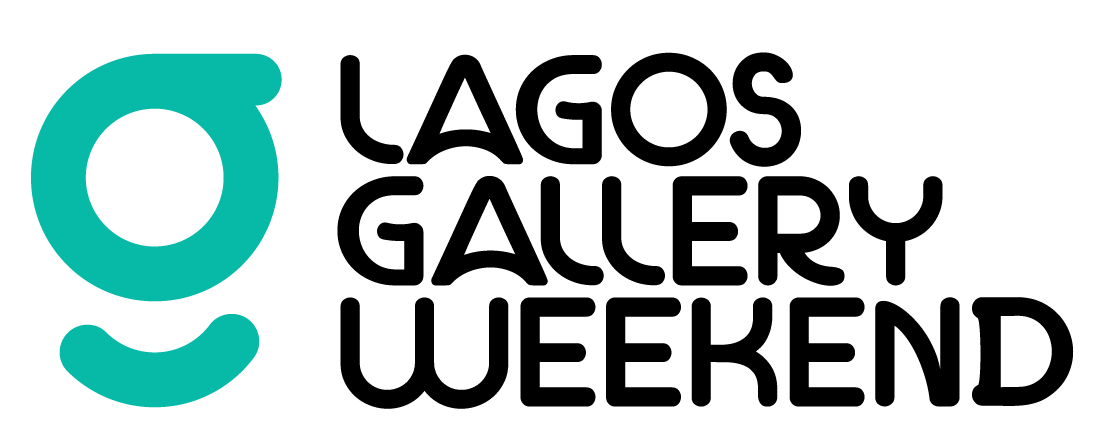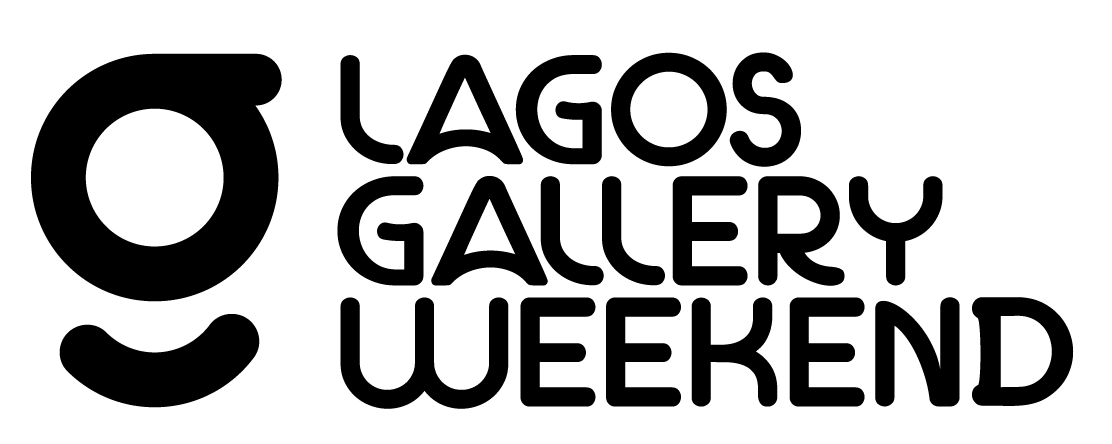TR Institute
Material Memory | Anthony Azekwoh, Gbemileke Adekunle, & Saheed Adelakun
Material Memory | Anthony Azekwoh, Gbemileke Adekunle, & Saheed Adelakun
Material Memory | Anthony Azekwoh, Gbemileke Adekunle, & Saheed Adelakun
Memory is not static. It is tactile, layered, and ever-shifting; etched into the surfaces of our lives through material, texture, and form. Material Memory brings together the works of Anthony Azekwoh, Gbemileke Adekunle, and Saheed Adelakun, three artists who engage deeply with the physicality of memory, using material as both a medium and a metaphor for personal and collective histories.
Memory is not static. It is tactile, layered, and ever-shifting; etched into the surfaces of our lives through material, texture, and form. Material Memory brings together the works of Anthony Azekwoh, Gbemileke Adekunle, and Saheed Adelakun, three artists who engage deeply with the physicality of memory, using material as both a medium and a metaphor for personal and collective histories.
Memory is not static. It is tactile, layered, and ever-shifting; etched into the surfaces of our lives through material, texture, and form. Material Memory brings together the works of Anthony Azekwoh, Gbemileke Adekunle, and Saheed Adelakun, three artists who engage deeply with the physicality of memory, using material as both a medium and a metaphor for personal and collective histories.
Memory is not static. It is tactile, layered, and ever-shifting; etched into the surfaces of our lives through material, texture, and form. Material Memory brings together the works of Anthony Azekwoh, Gbemileke Adekunle, and Saheed Adelakun, three artists who engage deeply with the physicality of memory, using material as both a medium and a metaphor for personal and collective histories.


Material Memory | Anthony Azekwoh, Gbemileke Adekunle, & Saheed Adelakun
Material Memory | Anthony Azekwoh, Gbemileke Adekunle, & Saheed Adelakun
Azekwoh, an artist and author who channels his love of storytelling into his work, using both digital painting and sculpture to evoke strong dialogue. His work is deeply rooted in African folklore and mythology, reinterpreting these narratives to reflect transformation and change. Through digital compositions, he constructs layered visual stories that preserve cultural memory while reshaping it for contemporary audiences. His use of light, shadow, and texture gives his digital work a striking materiality, reinforcing the ways memory can be both fluid and enduring. Adekunle, examines the fragility of the human experience through textured compositions that expose the narratives of escapism within a fractured society. His layering of oil bars and pastels allows for both density and translucency, creating a surface where figures seem to waver between presence and erasure. This technique mirrors the psychological and emotional states of his subjects, people caught in transition, navigating instability and longing for refuge. The interplay of bold color blocks and gestural strokes gives his work an intensity that speaks to both the weight and impermanence of memory, capturing moments that feel at once deeply personal and universally resonant. The Duduyemi series by Adelakun expands this dialogue by using material as both subject and structure. His rope-bearer technique (where rope is adhered to canvas and painted over) introduces a sculptural relief that transforms the surface into a dynamic terrain of tension and release. The rope holds layered meanings: a reference to histories of labor, migration, and endurance, but also an act of reclamation, binding together narratives of resilience and transformation. Duduyemi challenges traditional representations of Black skin, introducing depth and texture that resist simplification. In his work, material becomes a site of resistance, where the act of layering and obscuring speaks to the complexities of identity, visibility, and memory.
Azekwoh, an artist and author who channels his love of storytelling into his work, using both digital painting and sculpture to evoke strong dialogue. His work is deeply rooted in African folklore and mythology, reinterpreting these narratives to reflect transformation and change. Through digital compositions, he constructs layered visual stories that preserve cultural memory while reshaping it for contemporary audiences. His use of light, shadow, and texture gives his digital work a striking materiality, reinforcing the ways memory can be both fluid and enduring. Adekunle, examines the fragility of the human experience through textured compositions that expose the narratives of escapism within a fractured society. His layering of oil bars and pastels allows for both density and translucency, creating a surface where figures seem to waver between presence and erasure. This technique mirrors the psychological and emotional states of his subjects, people caught in transition, navigating instability and longing for refuge. The interplay of bold color blocks and gestural strokes gives his work an intensity that speaks to both the weight and impermanence of memory, capturing moments that feel at once deeply personal and universally resonant. The Duduyemi series by Adelakun expands this dialogue by using material as both subject and structure. His rope-bearer technique (where rope is adhered to canvas and painted over) introduces a sculptural relief that transforms the surface into a dynamic terrain of tension and release. The rope holds layered meanings: a reference to histories of labor, migration, and endurance, but also an act of reclamation, binding together narratives of resilience and transformation. Duduyemi challenges traditional representations of Black skin, introducing depth and texture that resist simplification. In his work, material becomes a site of resistance, where the act of layering and obscuring speaks to the complexities of identity, visibility, and memory.
Azekwoh, an artist and author who channels his love of storytelling into his work, using both digital painting and sculpture to evoke strong dialogue. His work is deeply rooted in African folklore and mythology, reinterpreting these narratives to reflect transformation and change. Through digital compositions, he constructs layered visual stories that preserve cultural memory while reshaping it for contemporary audiences. His use of light, shadow, and texture gives his digital work a striking materiality, reinforcing the ways memory can be both fluid and enduring. Adekunle, examines the fragility of the human experience through textured compositions that expose the narratives of escapism within a fractured society. His layering of oil bars and pastels allows for both density and translucency, creating a surface where figures seem to waver between presence and erasure. This technique mirrors the psychological and emotional states of his subjects, people caught in transition, navigating instability and longing for refuge. The interplay of bold color blocks and gestural strokes gives his work an intensity that speaks to both the weight and impermanence of memory, capturing moments that feel at once deeply personal and universally resonant. The Duduyemi series by Adelakun expands this dialogue by using material as both subject and structure. His rope-bearer technique (where rope is adhered to canvas and painted over) introduces a sculptural relief that transforms the surface into a dynamic terrain of tension and release. The rope holds layered meanings: a reference to histories of labor, migration, and endurance, but also an act of reclamation, binding together narratives of resilience and transformation. Duduyemi challenges traditional representations of Black skin, introducing depth and texture that resist simplification. In his work, material becomes a site of resistance, where the act of layering and obscuring speaks to the complexities of identity, visibility, and memory.
TR Art Gallery is a key arm of TR Art Institute, an initiative by Dr. Tony Rapu dedicated to fostering the growth of emerging artists in Nigeria. More than just a commercial space, the gallery serves as a platform for artistic collaboration, where established artists showcase their works while supporting the next generation. Proceeds from exhibitions directly fund the TR Art Residency, ensuring sustainability for young artists by providing them with mentorship, materials, and a space for creative exploration. As part of a broader ecosystem that includes the TR Art Residency and TR Art Foundation, the gallery plays a crucial role in bridging talent with opportunity. By fostering a community-driven approach, TR Art Gallery cultivates an environment where artists can thrive, collectors can engage deeply with contemporary African art, and the cultural landscape of Lagos continues to evolve. Through strategic exhibitions, partnerships, and mentorship programs, the gallery is committed to advancing the visibility and development of contemporary Nigerian art, both locally and internationally.
TR Art Gallery is a key arm of TR Art Institute, an initiative by Dr. Tony Rapu dedicated to fostering the growth of emerging artists in Nigeria. More than just a commercial space, the gallery serves as a platform for artistic collaboration, where established artists showcase their works while supporting the next generation. Proceeds from exhibitions directly fund the TR Art Residency, ensuring sustainability for young artists by providing them with mentorship, materials, and a space for creative exploration. As part of a broader ecosystem that includes the TR Art Residency and TR Art Foundation, the gallery plays a crucial role in bridging talent with opportunity. By fostering a community-driven approach, TR Art Gallery cultivates an environment where artists can thrive, collectors can engage deeply with contemporary African art, and the cultural landscape of Lagos continues to evolve. Through strategic exhibitions, partnerships, and mentorship programs, the gallery is committed to advancing the visibility and development of contemporary Nigerian art, both locally and internationally.
TR Art Gallery is a key arm of TR Art Institute, an initiative by Dr. Tony Rapu dedicated to fostering the growth of emerging artists in Nigeria. More than just a commercial space, the gallery serves as a platform for artistic collaboration, where established artists showcase their works while supporting the next generation. Proceeds from exhibitions directly fund the TR Art Residency, ensuring sustainability for young artists by providing them with mentorship, materials, and a space for creative exploration. As part of a broader ecosystem that includes the TR Art Residency and TR Art Foundation, the gallery plays a crucial role in bridging talent with opportunity. By fostering a community-driven approach, TR Art Gallery cultivates an environment where artists can thrive, collectors can engage deeply with contemporary African art, and the cultural landscape of Lagos continues to evolve. Through strategic exhibitions, partnerships, and mentorship programs, the gallery is committed to advancing the visibility and development of contemporary Nigerian art, both locally and internationally.
TR Art Gallery is a key arm of TR Art Institute, an initiative by Dr. Tony Rapu dedicated to fostering the growth of emerging artists in Nigeria. More than just a commercial space, the gallery serves as a platform for artistic collaboration, where established artists showcase their works while supporting the next generation. Proceeds from exhibitions directly fund the TR Art Residency, ensuring sustainability for young artists by providing them with mentorship, materials, and a space for creative exploration. As part of a broader ecosystem that includes the TR Art Residency and TR Art Foundation, the gallery plays a crucial role in bridging talent with opportunity. By fostering a community-driven approach, TR Art Gallery cultivates an environment where artists can thrive, collectors can engage deeply with contemporary African art, and the cultural landscape of Lagos continues to evolve. Through strategic exhibitions, partnerships, and mentorship programs, the gallery is committed to advancing the visibility and development of contemporary Nigerian art, both locally and internationally.
Explore other exhibitions


Goethe-Institut Nigeria
For the Culture | Efe Edosio
+ Read more
Explore the vibrant richness of West-African festival cultures through the lens of renowned documentary photographer Efe Edosio. The exhibition showcases age-old traditions from cultural festivals across various West-African communities, including the Ofala Festival in Onitsha, the Opobo Nwaotam Festival in Opobo, and the Voodoo Festival in Benin Republic.
Explore the vibrant richness of West-African festival cultures through the lens of renowned documentary photographer Efe Edosio. The exhibition showcases age-old traditions from cultural festivals across various West-African communities, including the Ofala Festival in Onitsha, the Opobo Nwaotam Festival in Opobo, and the Voodoo Festival in Benin Republic.


